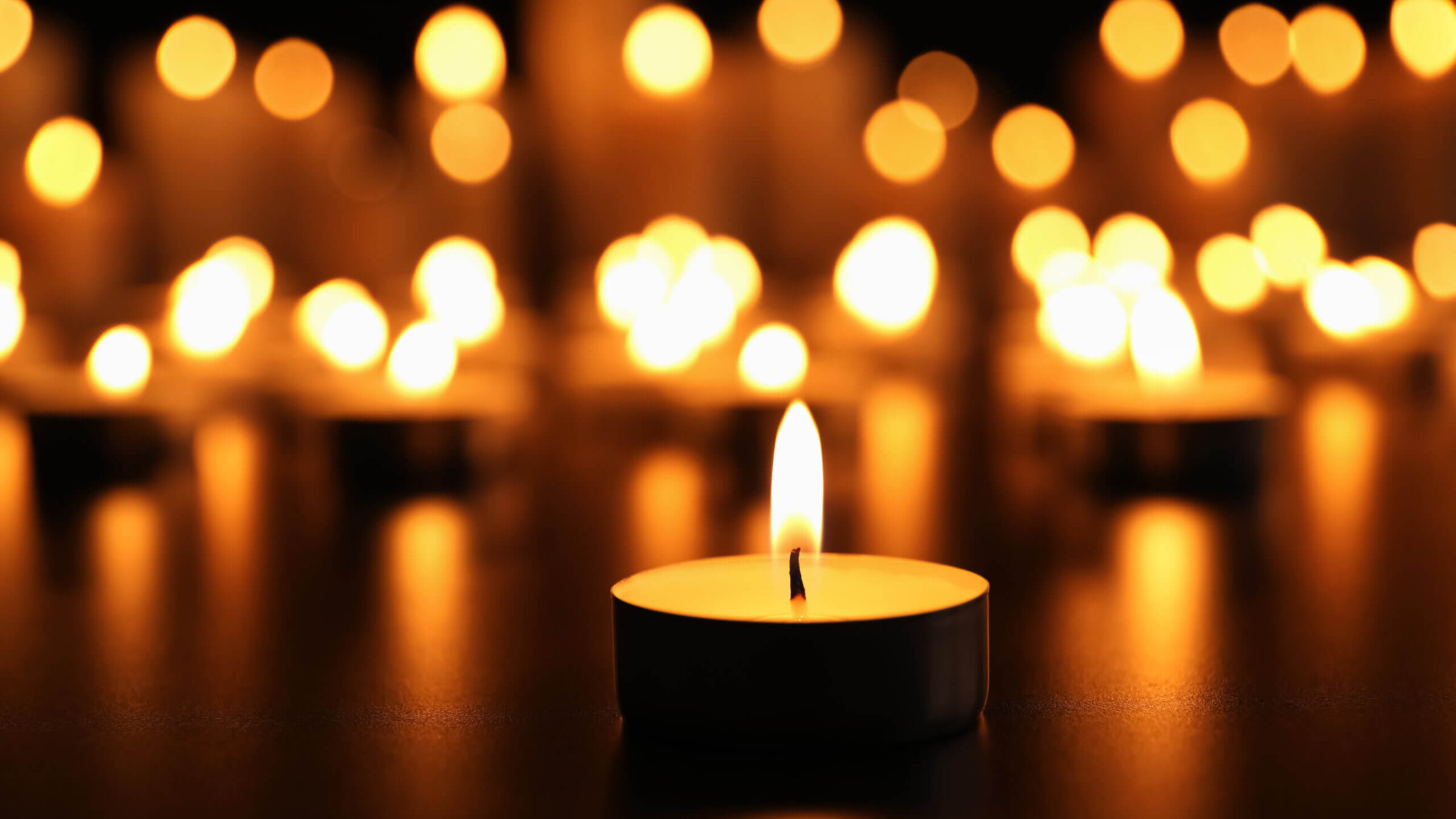You’re not religious, and you’re in mourning. Here’s how to make Jewish rituals work for you.
Some advice: “Find the memory you’d like to bring to the occasion.”

Photo by Liudmila Chernetska
Sit shiva for seven days. Spend another 30 in sheloshim — a secondary mourning period — and say the Mourner’s Kaddish for a year. Between all of its mourning rituals, Judaism offers plenty of structure to mourners, which can offer comfort and a structured space in which to grieve.
But as many rituals as there are, there are even more ways to make them one’s own.
“There’s so many ways that grief and mourning are aligned from person to person, and it is so unique and personal,” said Naomi Less, an associate director at Lab/Shul, a New York Jewish community that welcomes members who don’t believe in God. With a significant number of people who identify as Jewish also identifying as not religiously observant, that adaptability in ritual has begun to prove key to ensuring that age-old rituals stay relevant — and that even the nonreligious find comfort in spaces where those rituals are observed.
“Your own experience of grief is wildly different for each loss,” Less said.
Even with religion taken out of the equation, it can be hard to negotiate your own grief along other people’s ways of grieving. When different approaches to religion come into play, especially within a family or communal group all mourning the same loss, it can be particularly tricky.
A recent study from the Pew Research Center found that about a quarter of Jews do not identify with the Jewish religion, meaning they consider themselves culturally and ethnically Jewish, but may also identify as atheists or agnostic. That number gets higher for Jews under the age of 50, with four of every 10 Jews aged 18-29 identifying as nonreligious.
The need for common practices for handling family divides is therefore increasing. To cope with this challenge, Less suggests adding practices that feel right, rather than subtracting ones that don’t.
“If they’re doing a more traditional funeral service, maybe there’s a piece of poetry you can bring in, maybe there’s a song as people are entering the space that evokes a memory,” she said.
That approach can help make sure there’s room in mourning rituals for everyone.
Rabbi Tzemah Yoreh of the City Congregation for Humanistic Judaism in Manhattan, which also welcomes secular Jews, offers similar advice.
“Find the reading, find the piece, find the memory that you’d like to bring to the occasion,” Yoreh said. For example, many of the secular mourners he works with like to recite the Torah passage that begins, “To everything there is a season, and a time to every purpose under heaven.”
When there’s real disagreement within families over how to observe mourning rituals for a loved one, it can be helpful to bring in a rabbi or someone else who can mediate. “Sometimes it’s helpful to have somebody to sit with you to talk about these things, because the emotions are running so high,” Less said. “It’s just nice to have somebody sit with you, actively listen, share back, and try to find commonalities for families.”
When the pandemic hit, Lab/Shul, where Less works, compiled a guide to mourning for its congregants, consistent with its emphasis on artistic expression.
The guide, which is available online, is largely geared toward adapting traditions for social distancing. But it also offers ways to mix up traditions that might be more palatable to those who aren’t religious, such as making a playlist of songs the loved one liked or volunteering to honor their memory.
“It’s kind of a glossary of Jewish mourning and the cycles of mourning,” Less said. “And then it offers different kinds of ideas for creative ways to make it your own, ways to make it more personal.”
Lab/Shul also offers a weekly virtual Kaddish call that usually attracts about 20 people. She says it has been a meaningful way for mourners from all walks of Jewish life to create community.
“These folks who came because they heard about this call are now wanting to connect in person,” Less said. “There are groups that have connected in different parts of the country because folks call in from everywhere.”
For people who want to say Kaddish but don’t believe in God, the synagogue also offers alternatives to the prayer in English that use nonreligious language.
Of course, there’s no one set of customs that all secular Jews will want to follow when it comes to mourning.
“Secular Jews tend to be individualistic and are not seeking those unifying rituals, necessarily,” Yoreh said. For them, resisting structure might be part of the point.















